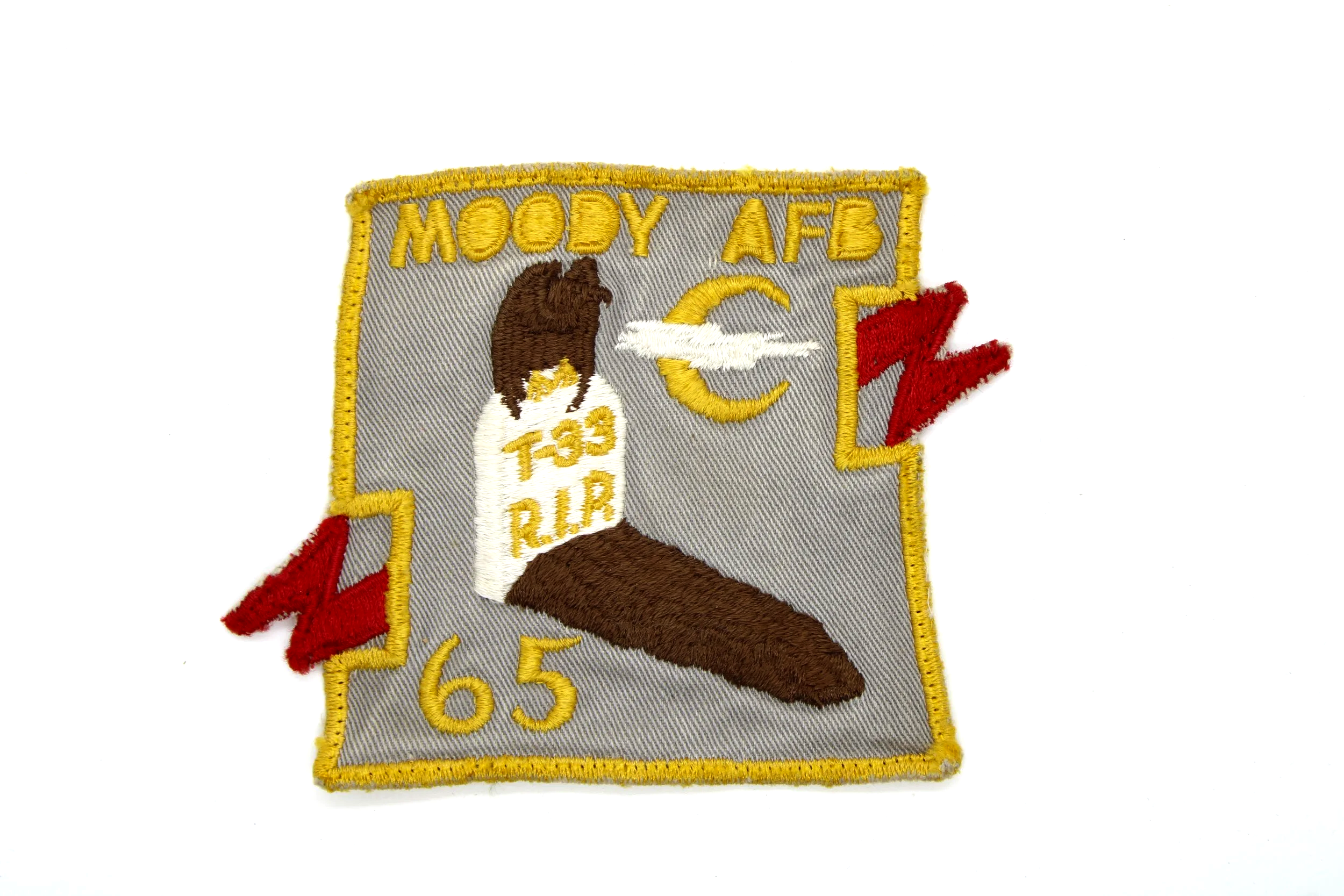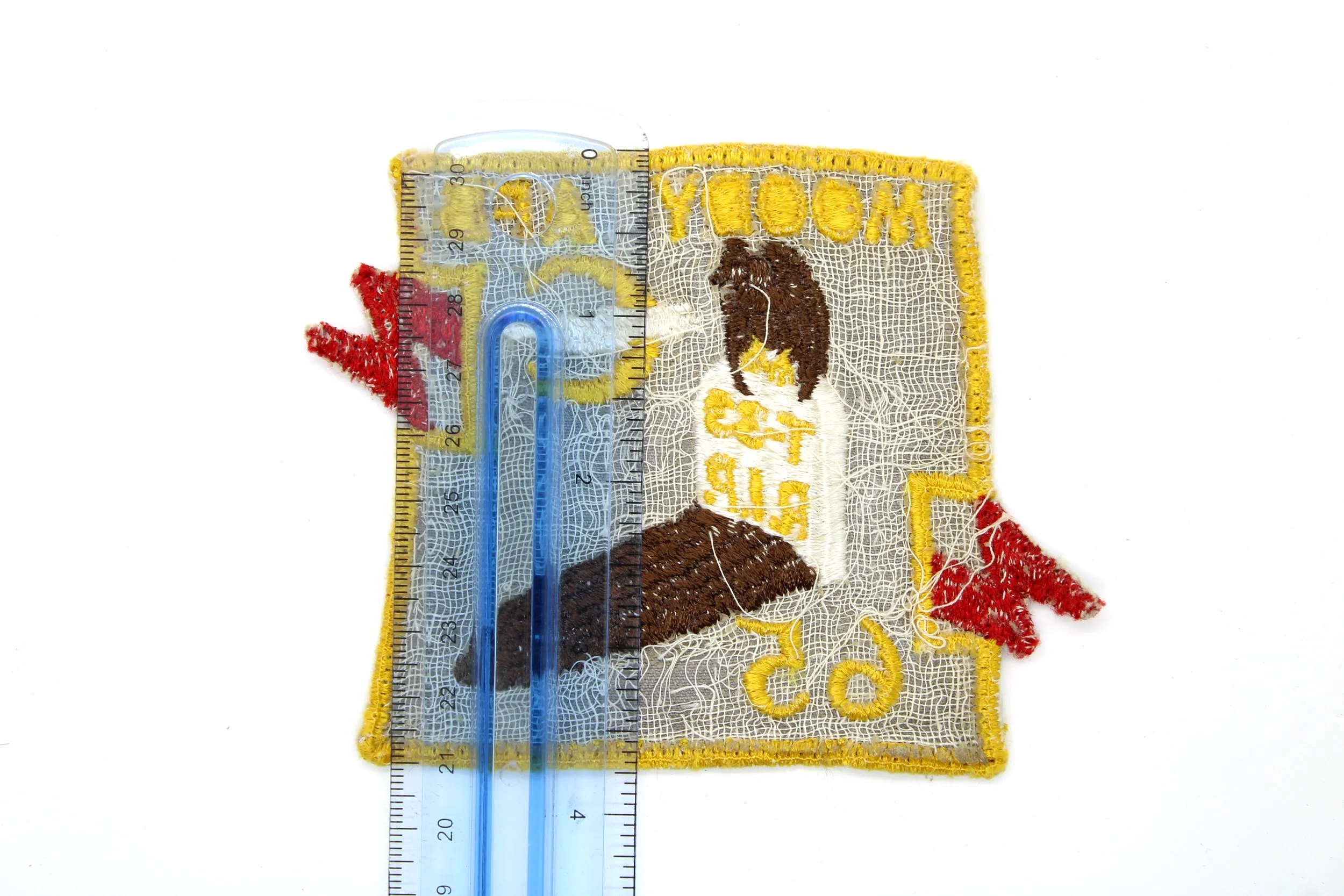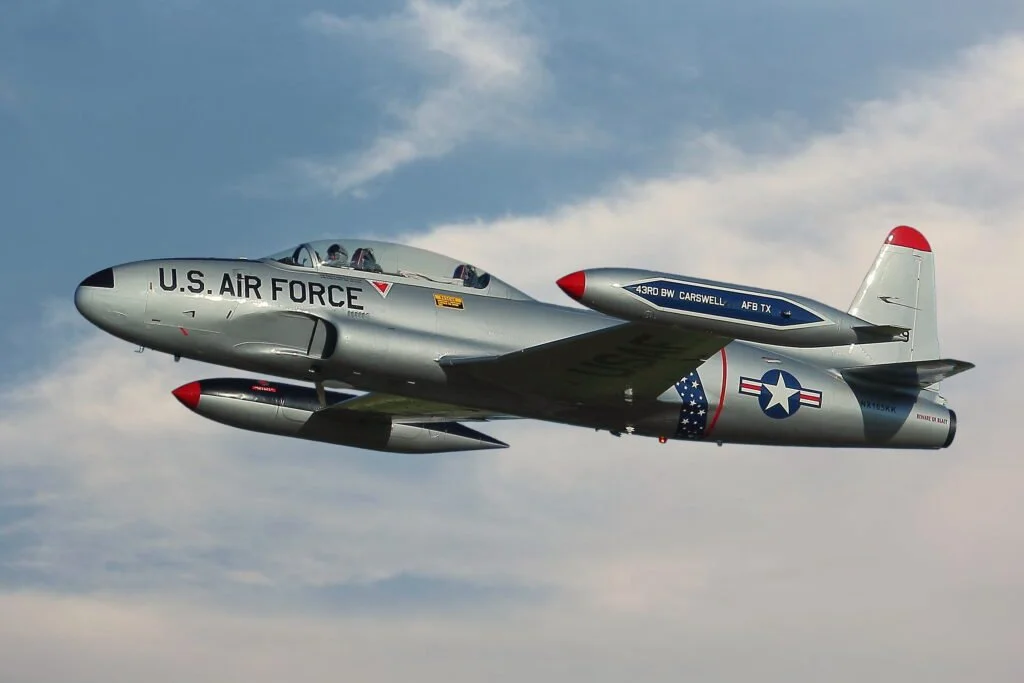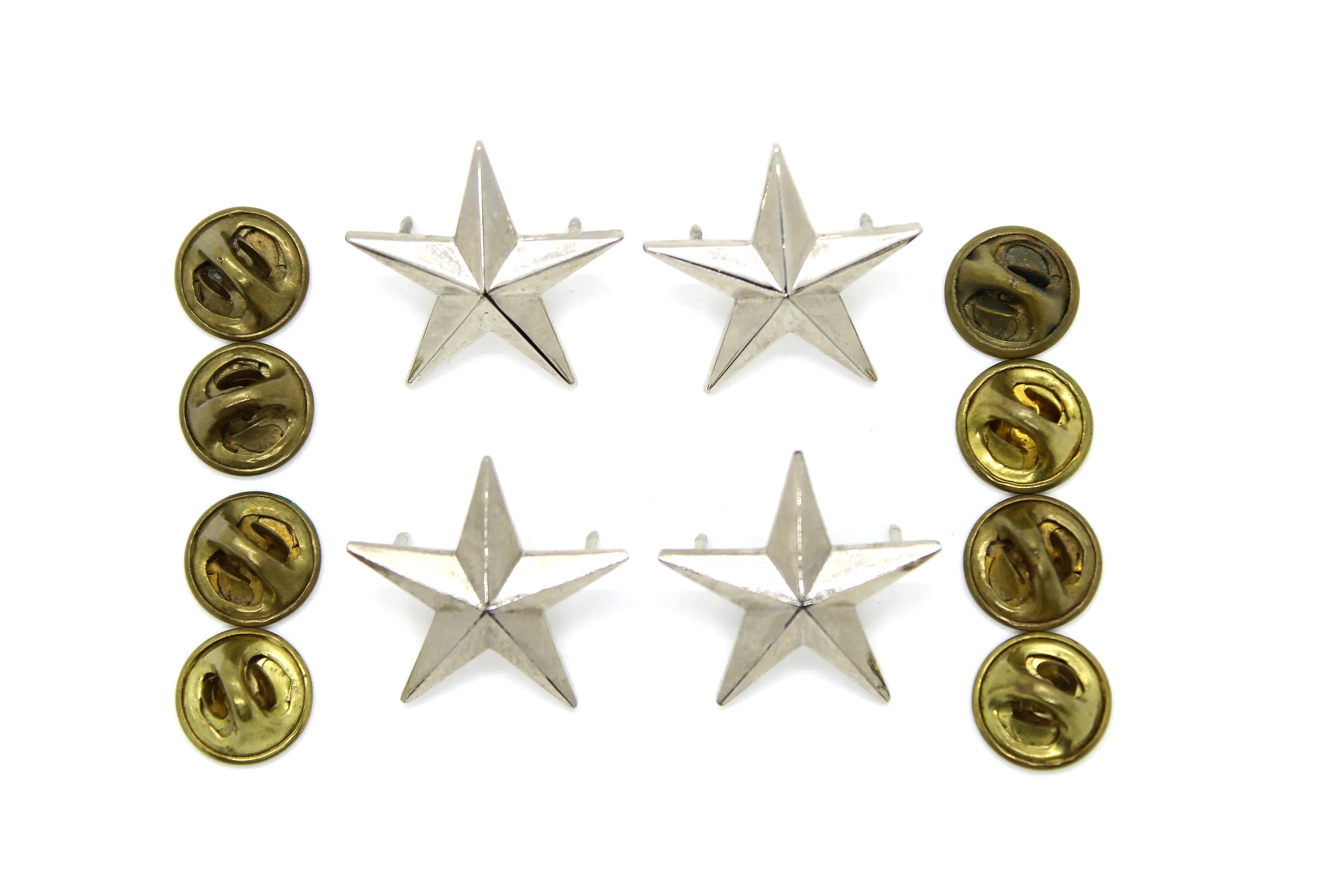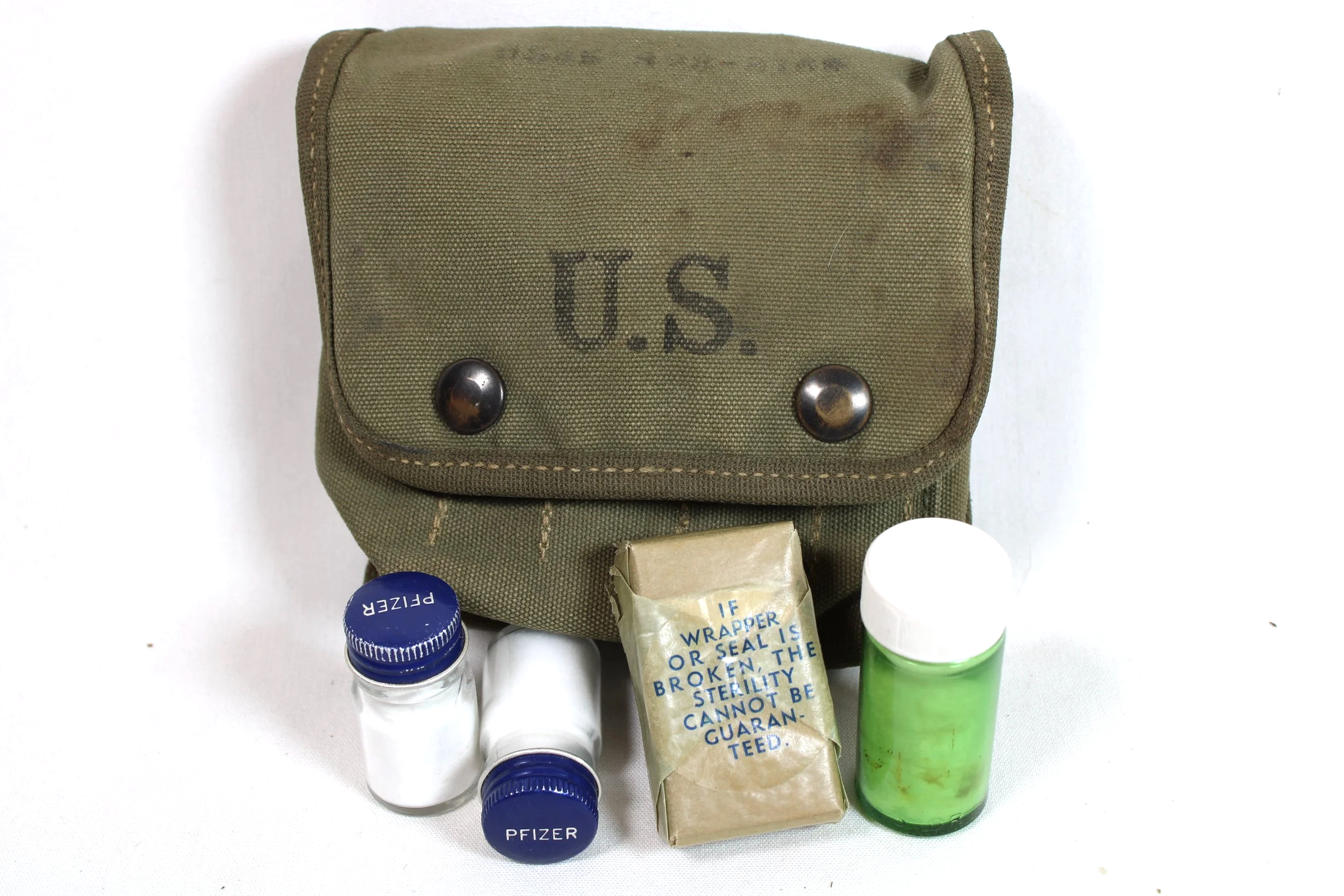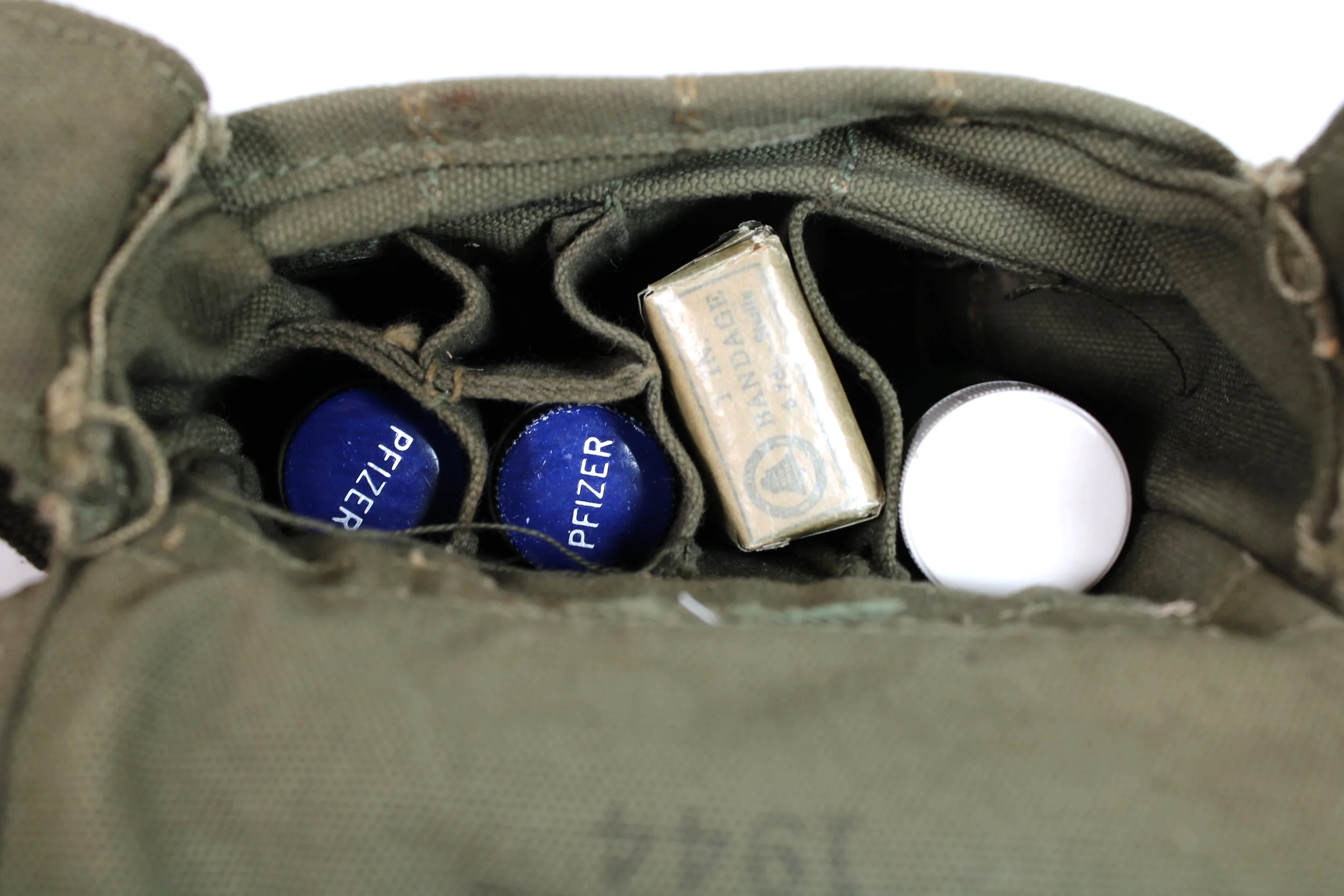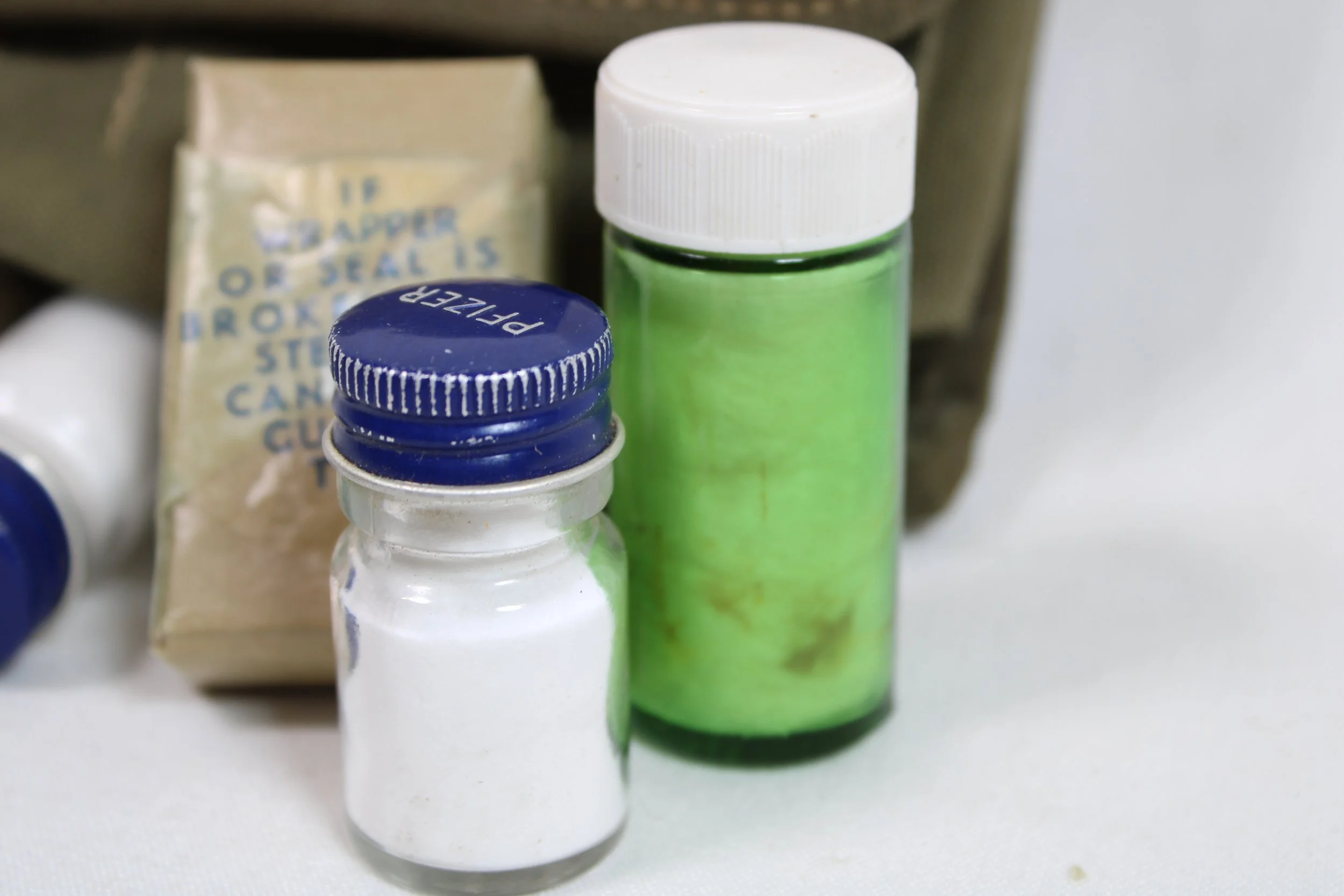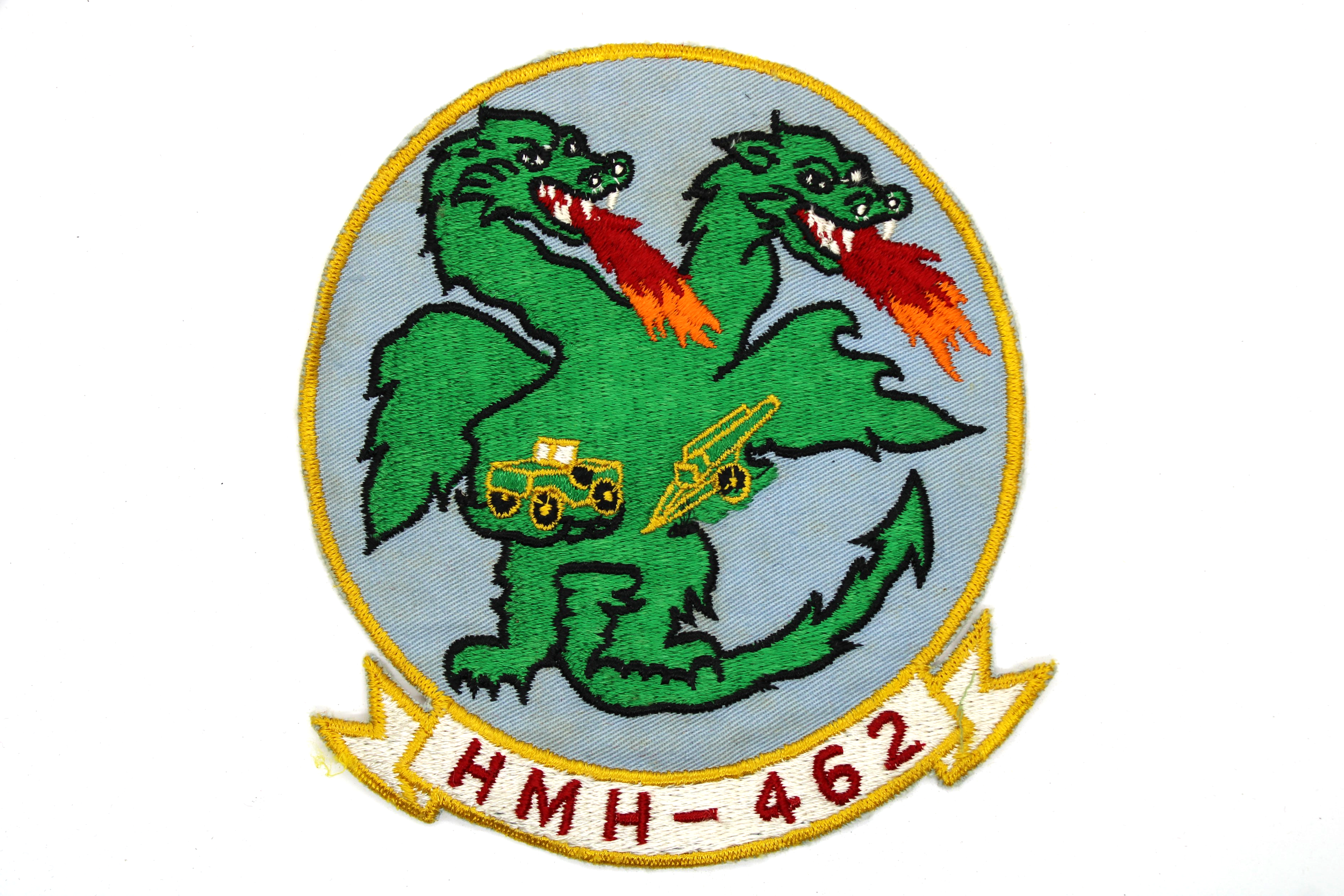 Image 1 of 5
Image 1 of 5

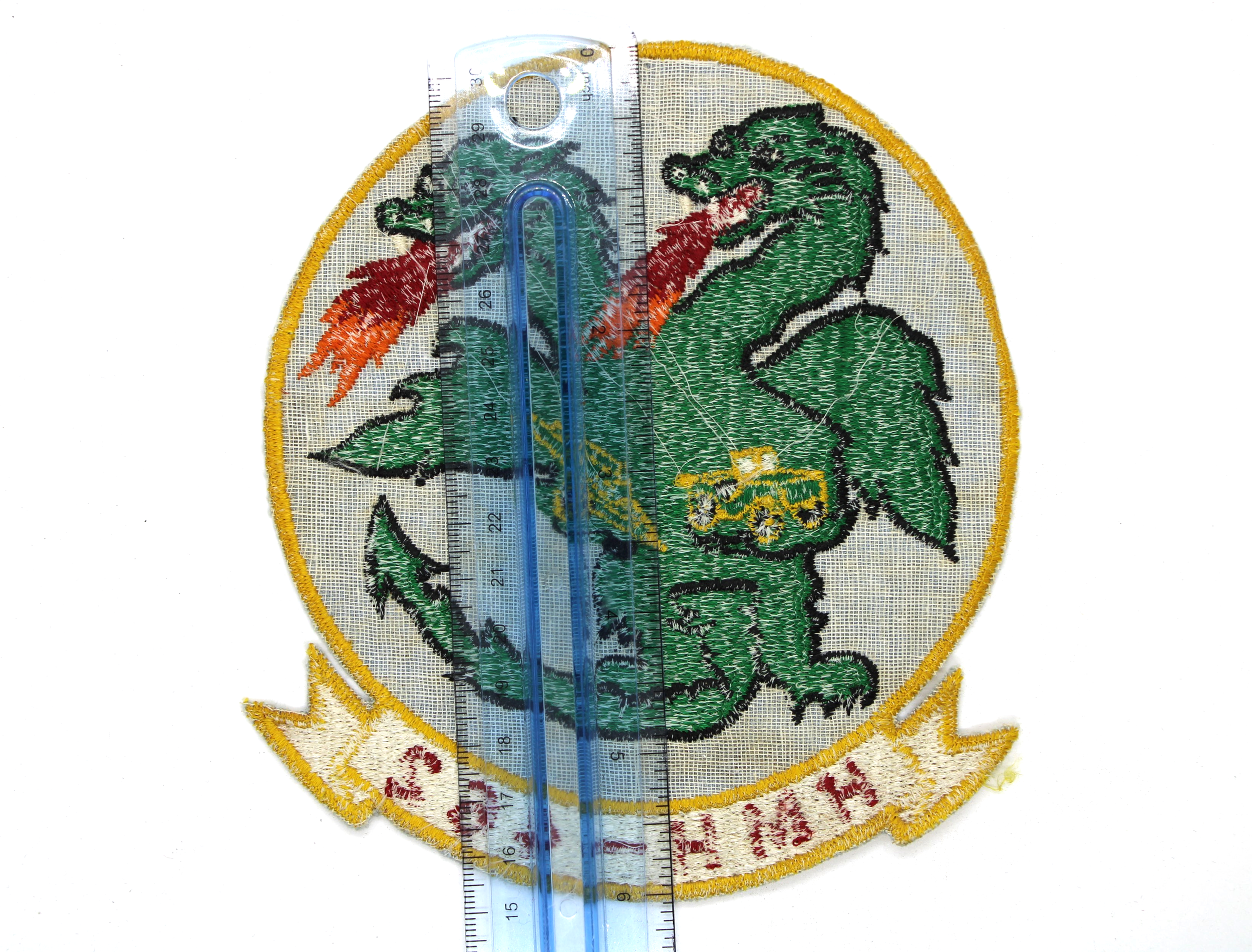 Image 2 of 5
Image 2 of 5

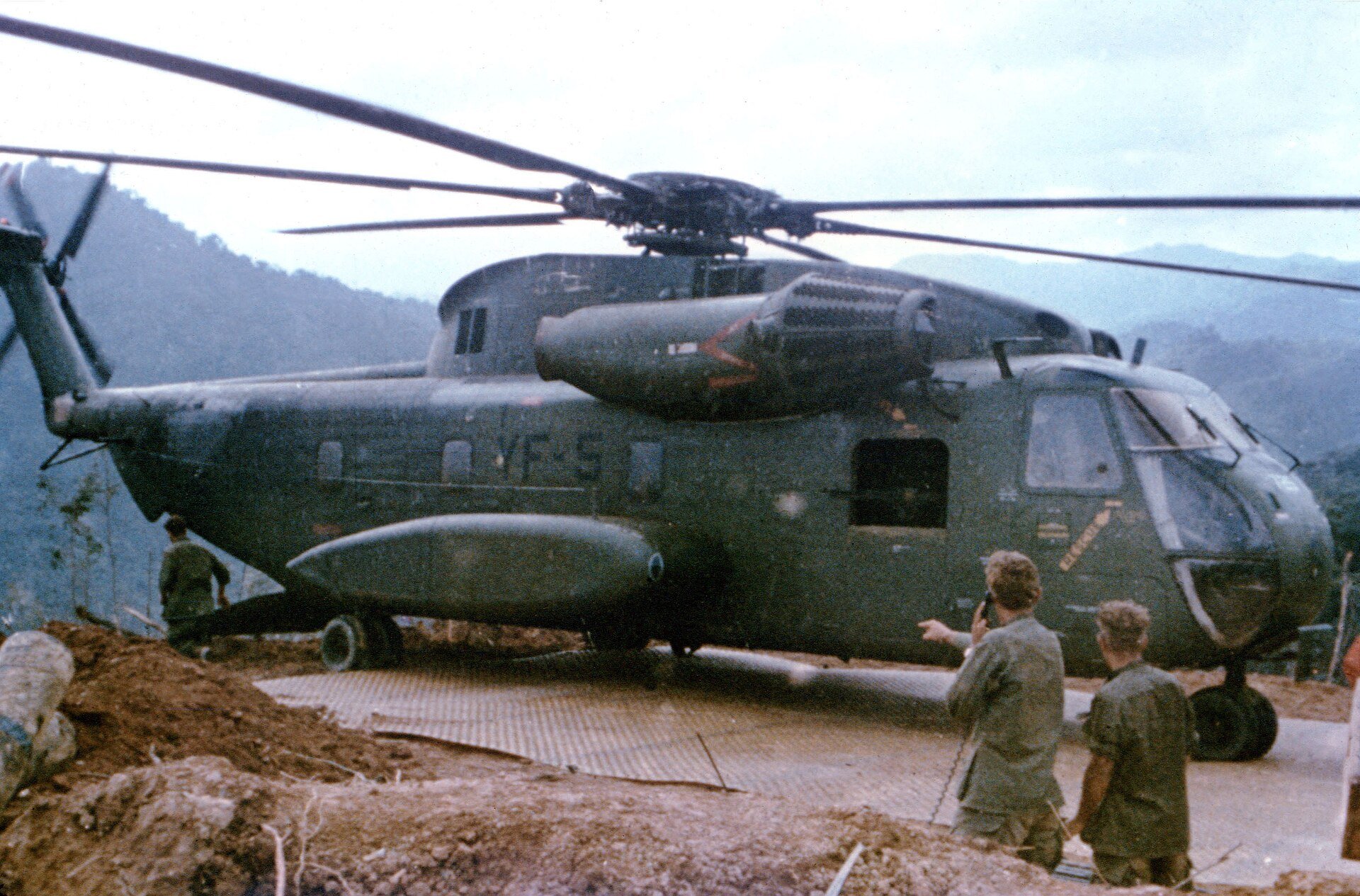 Image 3 of 5
Image 3 of 5

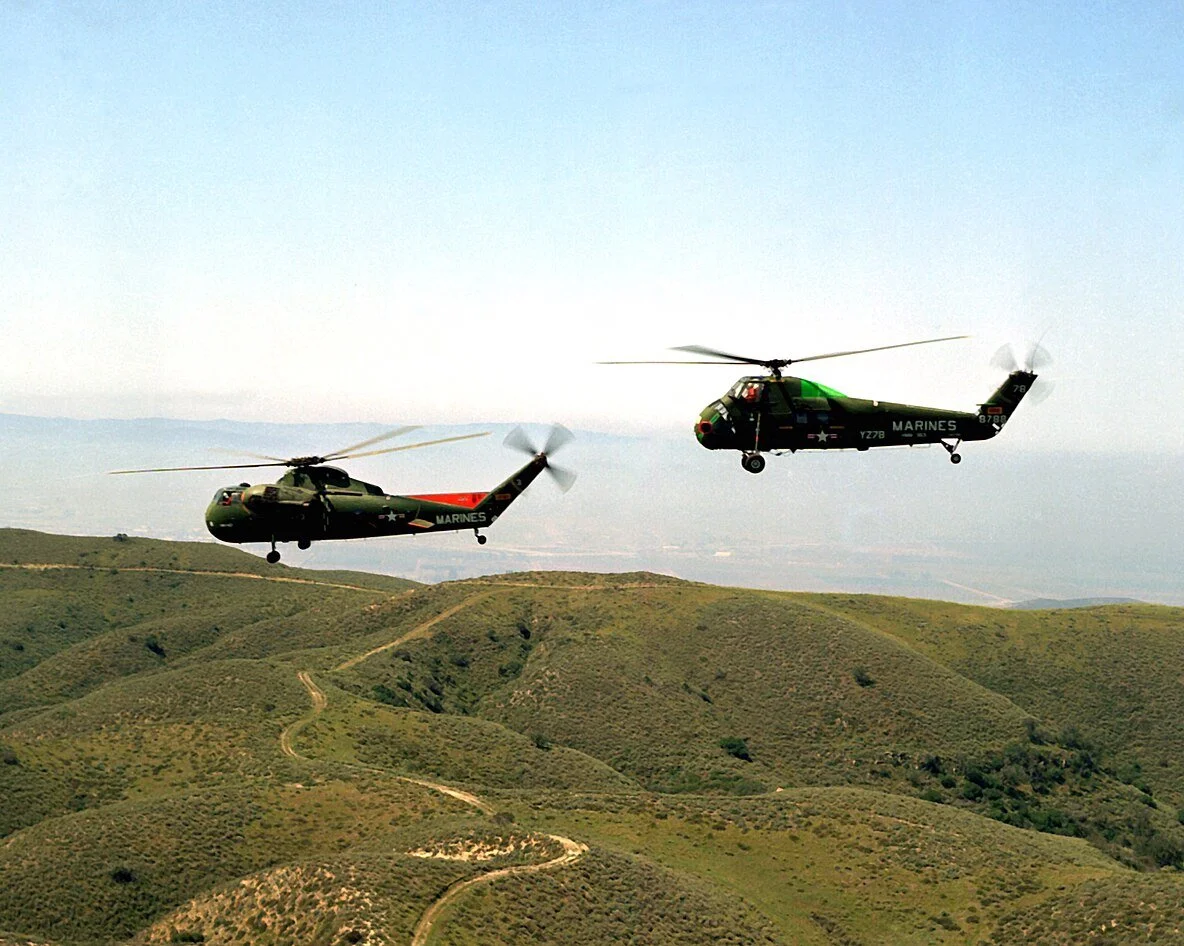 Image 4 of 5
Image 4 of 5

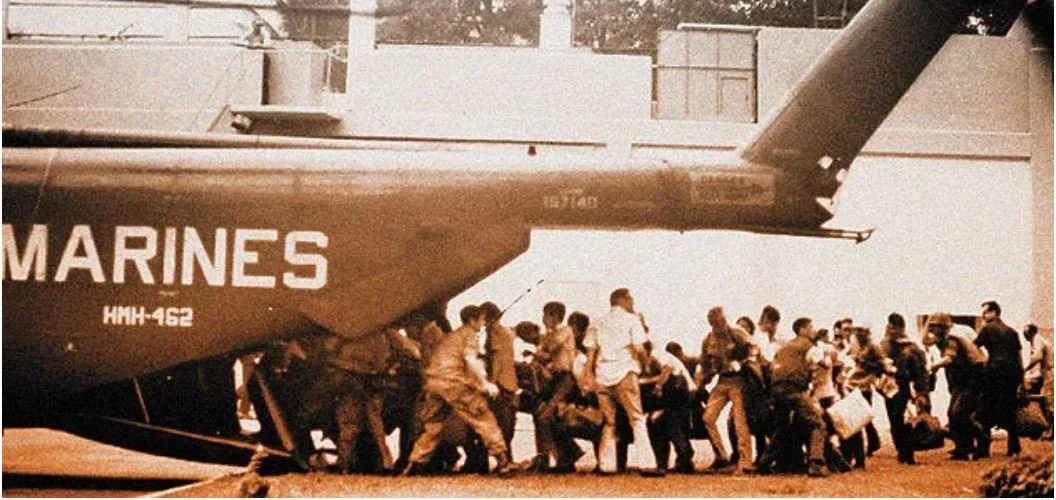 Image 5 of 5
Image 5 of 5






Original Vietnam War Marine Heavy Helicopter Squadron HMH - 462 Patch
Large 6” USMC patch.
3rd Marine Aircraft Wing, Heavy Haulers.
In August 1968, under the command of LtCol R.E. Nelson, the squadron deployed to South Vietnam for combat operations. Assigned to Marine Aircraft Group 36 at Phu Bai Combat Base, the squadron was tasked with supporting the 3rd Marine Division resupplying outlying Fire Support Bases (FSBs) and Helicopter Landing Zones (LZs), troop transport, medical evacuation, tactical aircraft recovery (TAR), Command and Control flights (C&C), and reconnaissance team insert/extracts. The squadron additionally provided support to U.S. Army units also attached to the 3rd Marine Division including 1st Brigade, 5th Infantry Division and the Army of the Republic of Vietnam (ARVN) 1st and 2nd Regiments.
Its primary area of operation was the northern I Corps Tactical Zone (ICTZ), the two northernmost Provinces of South Vietnam: Quảng Trị and Thừa Thiên, bordering the Vietnamese Demilitarized Zone (DMZ) on the north and the Laotian border to the west. However during mid-late 1969, HMH-462 was tasked with supporting the 1st Marine Division, in Quảng Nam and Quảng Tín Province; and the South Korean 2nd Marine Brigade on search and destroy operations in the vicinity of Go Noi Island and LZ-211, south of Da Nang, in Operation Victory Dragon.
The squadron participated in numerous named operations including: Meade River, Taylor Common, Dawson River, Dewey Canyon, Purple Martin, Maine Crag, Apache Snow, Cameron Falls, Herkimer Mountain, Utah Mesa (USMC/USA), Virginia Ridge, Georgia Tar, Arlington Canyon, Idaho Canyon, Ellis Ravine (USA), Massachusetts Bay (USA), Iroquois Grove (USA), Williams Glade (USMC/USA), Durham Peak, Pipestone Canyon and a series of ROK Marine operations, "Victory Dragon"
On 20 October 1969 as part of Operation Keystone Cardinal, HMH-462 departed from Phu Bai to the USS New Orleans for transport to Okinawa to provide support to Marine forces in Japan.
In 1975 HMH-462, still stationed in Okinawa, was assigned to the 9th MAB and 31st Marine Expeditionary Unit. On 12 April 1975 the squadron operating from USS Okinawa, participated in Operation Eagle Pull, the evacuation of Phnom Penh. Seventeen days later from 29–30 April, HMH-462 participated in Operation Frequent Wind, the evacuation of Saigon.[2] Shortly thereafter, the squadron was embarked upon the USS Hancock and sailed back towards Cambodia to participate in the rescue operation of the SS Mayaguez. The Mayaguez rescue was completed before the Hancock arrived on station and the Hancock returned to Subic Bay.
During the United States’ final 24 hours in Vietnam, American nationals and Vietnamese refugees were crowded onto Marine HMH-462 and Air Force helicopters that landed within the U.S. embassy compound.
https://www.smithsonianmag.com/air-space-magazine/last-men-out-77127449/
Large 6” USMC patch.
3rd Marine Aircraft Wing, Heavy Haulers.
In August 1968, under the command of LtCol R.E. Nelson, the squadron deployed to South Vietnam for combat operations. Assigned to Marine Aircraft Group 36 at Phu Bai Combat Base, the squadron was tasked with supporting the 3rd Marine Division resupplying outlying Fire Support Bases (FSBs) and Helicopter Landing Zones (LZs), troop transport, medical evacuation, tactical aircraft recovery (TAR), Command and Control flights (C&C), and reconnaissance team insert/extracts. The squadron additionally provided support to U.S. Army units also attached to the 3rd Marine Division including 1st Brigade, 5th Infantry Division and the Army of the Republic of Vietnam (ARVN) 1st and 2nd Regiments.
Its primary area of operation was the northern I Corps Tactical Zone (ICTZ), the two northernmost Provinces of South Vietnam: Quảng Trị and Thừa Thiên, bordering the Vietnamese Demilitarized Zone (DMZ) on the north and the Laotian border to the west. However during mid-late 1969, HMH-462 was tasked with supporting the 1st Marine Division, in Quảng Nam and Quảng Tín Province; and the South Korean 2nd Marine Brigade on search and destroy operations in the vicinity of Go Noi Island and LZ-211, south of Da Nang, in Operation Victory Dragon.
The squadron participated in numerous named operations including: Meade River, Taylor Common, Dawson River, Dewey Canyon, Purple Martin, Maine Crag, Apache Snow, Cameron Falls, Herkimer Mountain, Utah Mesa (USMC/USA), Virginia Ridge, Georgia Tar, Arlington Canyon, Idaho Canyon, Ellis Ravine (USA), Massachusetts Bay (USA), Iroquois Grove (USA), Williams Glade (USMC/USA), Durham Peak, Pipestone Canyon and a series of ROK Marine operations, "Victory Dragon"
On 20 October 1969 as part of Operation Keystone Cardinal, HMH-462 departed from Phu Bai to the USS New Orleans for transport to Okinawa to provide support to Marine forces in Japan.
In 1975 HMH-462, still stationed in Okinawa, was assigned to the 9th MAB and 31st Marine Expeditionary Unit. On 12 April 1975 the squadron operating from USS Okinawa, participated in Operation Eagle Pull, the evacuation of Phnom Penh. Seventeen days later from 29–30 April, HMH-462 participated in Operation Frequent Wind, the evacuation of Saigon.[2] Shortly thereafter, the squadron was embarked upon the USS Hancock and sailed back towards Cambodia to participate in the rescue operation of the SS Mayaguez. The Mayaguez rescue was completed before the Hancock arrived on station and the Hancock returned to Subic Bay.
During the United States’ final 24 hours in Vietnam, American nationals and Vietnamese refugees were crowded onto Marine HMH-462 and Air Force helicopters that landed within the U.S. embassy compound.
https://www.smithsonianmag.com/air-space-magazine/last-men-out-77127449/

